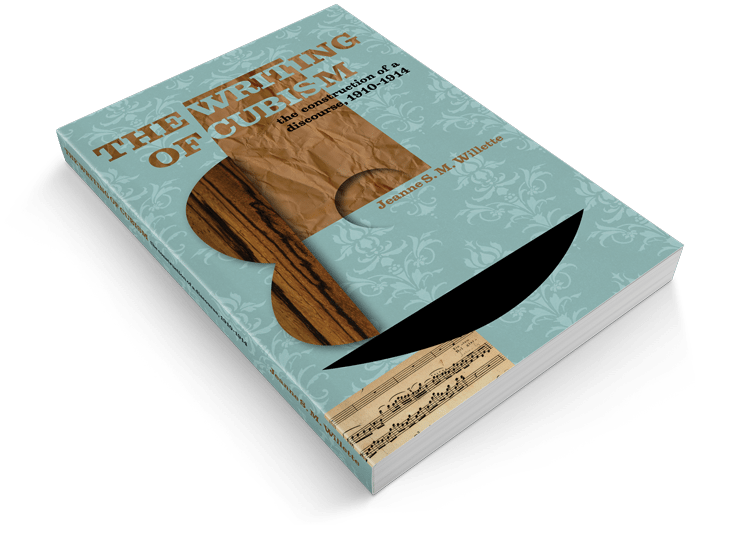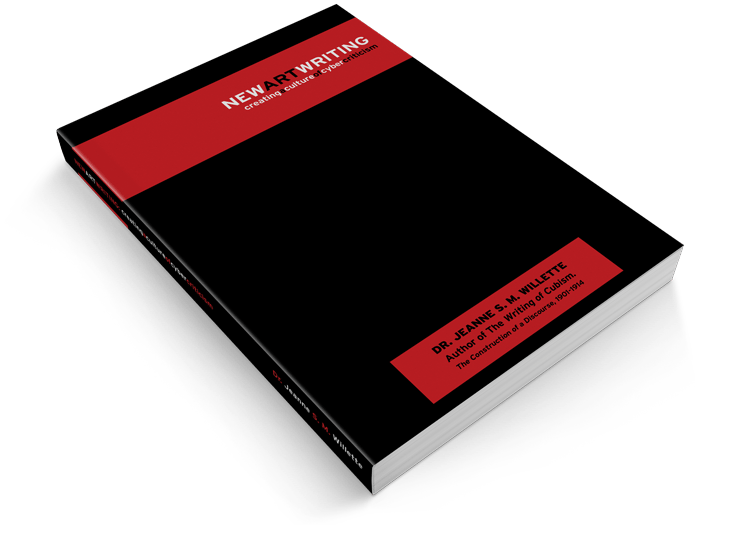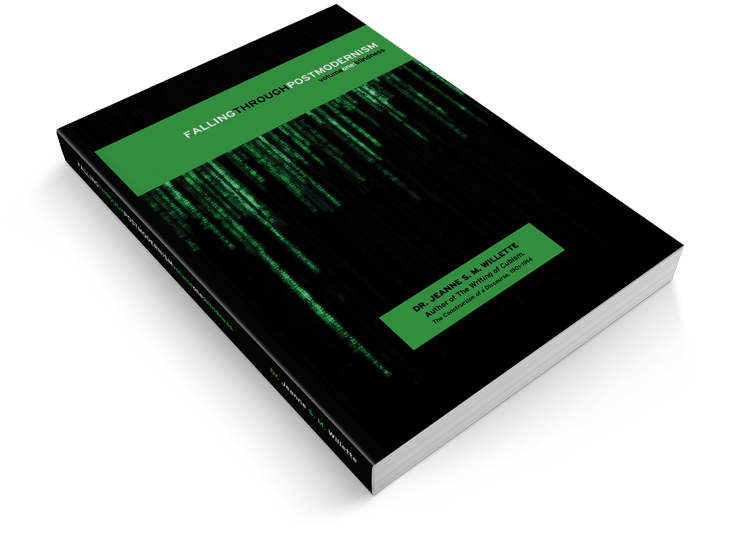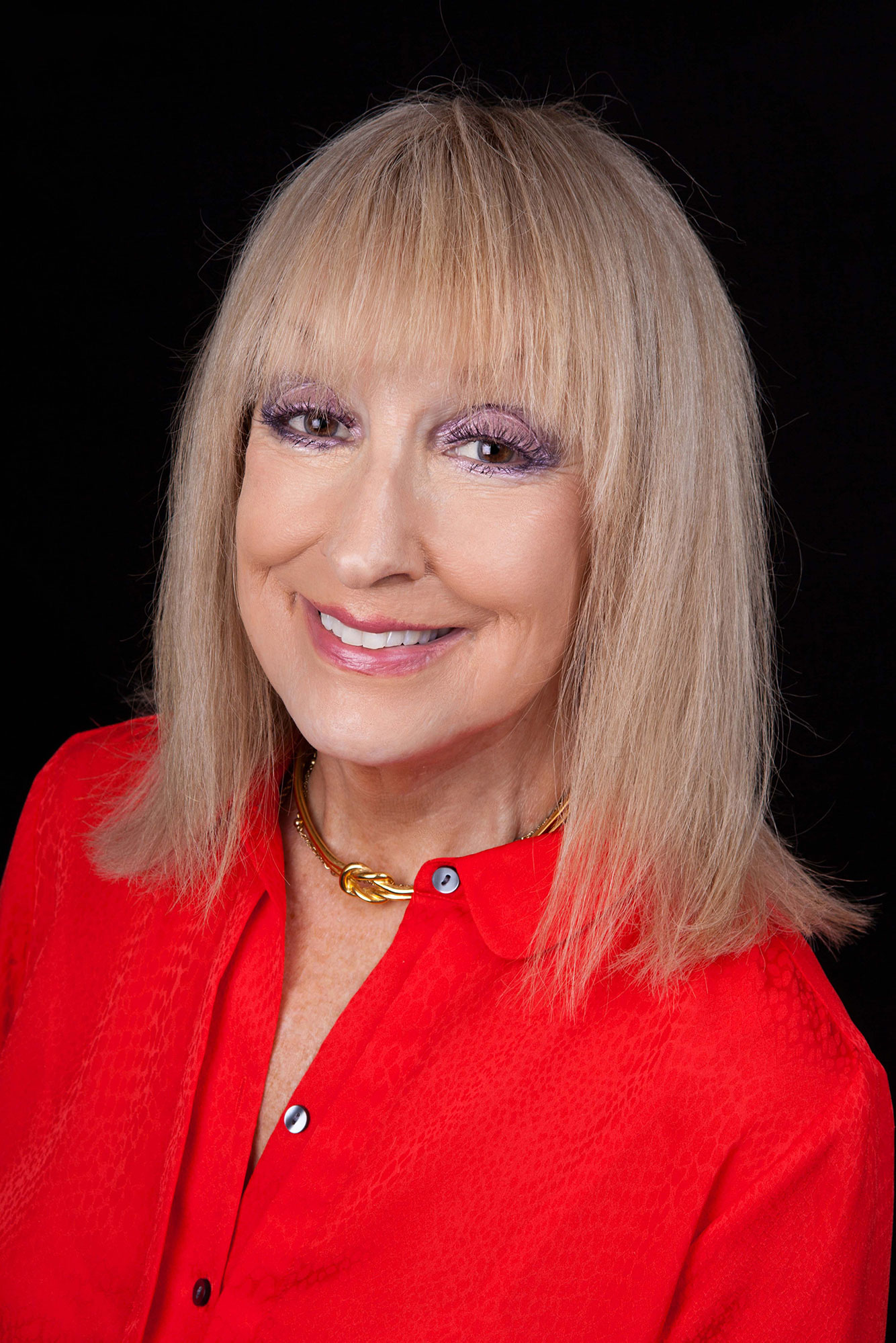Dr. Jeanne S. M. Willette – 3/12/19
Dr. Jeanne Willette unfortunately passed away in early 2019. She supported thousands of students in their exploration of art history during her career and was a valued colleague. This site, Art History Unstuffed, was one of her major contributions to those studying this field. Without Dr. Willette this site is not being updated with new content. While her web master, with support from her two sons, continues to maintain the site for the time being, a new generation of Art Historians is needed to carry the site into the future. If you are interested in participating or have other suggestions for this site, please click here to leave a note.
On line. At your convenience. In your own time. On your own terms.
For too long art history has been held hostage by scholars speaking to scholars and not to people. The purpose of this site is to educate and to inform and to do so with respect to the intelligence of the readers. Designed as a site for serious students of art history in need of solid substantive material, Art History Unstuffed is written for Twenty-First-century learners who prefer reading “text-bytes” and “sound-bytes” of targeted information.
Written by Dr. Jeanne S. M. Willette, a published scholar who has researched and consolidated both well-respected classical sources and vetted the latest research, this site creates a middle ground between arcane scholarly jargon and informed discourse and presents a detailed account of Modern, Postmodern, Philosophy and Theory that is accessible to all readers interested in the history of the modern and contemporary periods.
Enjoy and Learn
This site is responsive to computers, cell phones and tablets and will resize for your reading convenience.
Art History Unstuffed is listed on the ACI Scholarly Blog Index.
For Students
For Teachers
For Artists
For Museums
Episode 6: Romanticism
ROMANTICISM AND NATIONALISM
Romanticism was a form of modern consciousness that was expressed as art style, as an attitude of individualism, as a political stance, and as a new way of being an artist. In the nineteenth century, modern nations were beginning to take form and Romanticism became a way of fashioning a unique identity. Manifested in music, poetry and the visual arts, Romanticism varied depending upon the location. Defining Romanticism, therefore, is a complicated affair.
This podcasts seeks of outline the basic elements of Romanticism—a new emphasis on subjectivity and the individual and a resounding rejection of the rules of ancient art. Romantic art is both escapist and exotic and is concerned with events in the contemporary world. Romantic art was a court art for tyrants and a rallying cry for democratic uprisings. Finally, Romanticism served the aspirations for a new class of middle class artists, mostly men, who sought to express themselves through art.
Although Romanticism was supposedly subjective, or based in the individual sensibility of the artist, this movement was an international movement with characteristics unique to each nations. The Romantic Movement is discussed in comparative terms, assessing the differences among the movements in France, England, America and Germany.
Episode 5: Romantic Aesthetics, Part Two
AESTHETICS AND TRE RISE OF ROMANTICISM
Emerging in the mid-eighteenth century, Aesthetics is a branch of philosophy which seeks to define “art.” The formulation of aesthetics as a separate aspect of Enlightenment thinking was a project of British and German writers on the arts. One of the new concepts developed by these thinkers was the modern idea of “disinterest,” which meant that art was to be contemplated for itself on its own merits, not for its content or subject matter. With the lessening importance of the patrons, this new mode of looking put the artist and his or her at the center of the art making process.
Now on display in public salons, the artist had to have a recognizable style and a new identity for the modern artist began to take shape. By the end of the eighteenth century, Emmanuel Kant consolidated “aesthetics” into a coherent and influential book, the Critique of Judgment, which would impact the intellectual world of the Romantic artists. Due to this important discourse in aesthetics, the artist was remade into a “genius,” who was independent of the public and who made art for art’s sake.
Episode 4: Romantic Aesthetics, Part One
THE AESTHETICS OF ROMANTICISM
Part One
With the decline of religious commissions and with the end of aristocratic patronage, the modern artist was left dependent upon the State and the new art public. In the past, it had been sufficient to define “art” as that which had been approved by a higher power, but in the nineteenth century, a new definition of art was required. Aesthetics, which provides the epistemology of art, or the ground of “art,” was a new aspect of philosophy that emerged coincidentally with the historical break in the old definition of art. This podcast will examine the social and cultural foundations of Aesthetics and the philosophical development of the definition of “modern art.”
No Results Found
The page you requested could not be found. Try refining your search, or use the navigation above to locate the post.
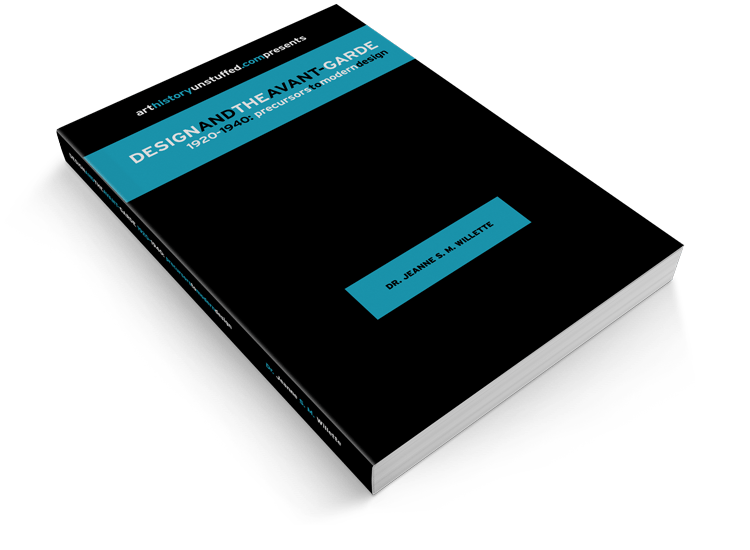
Dr. Willette is currently completing an entirely new kind of book on design, a book that is multi-modal. Offering multiple modes of output, this book offers the readers several ways of receiving information, slide shows, podcasts, texts and images. The interactive book, Design and the Avant-Garde, 1920-1940, will be divided into several volumes. Volume One will focus on the interconnections between art and design at the fine-de-siècle period, leading up to the creation of “modern” design.
